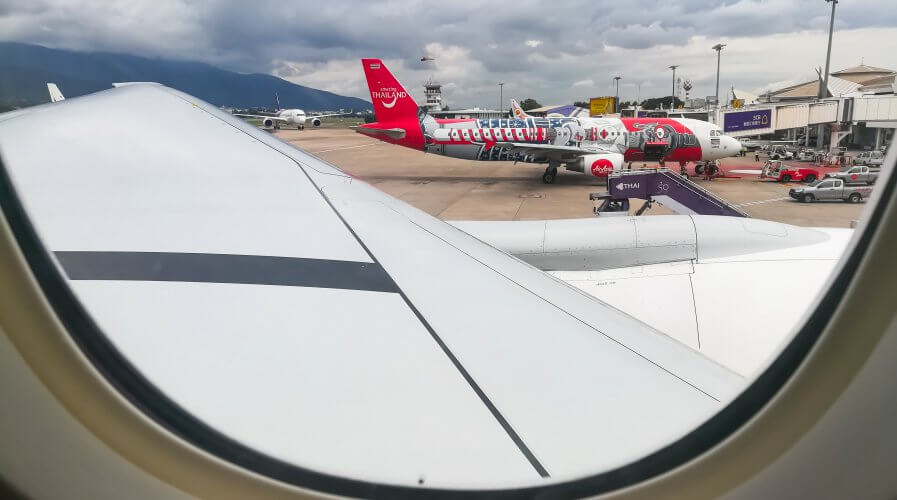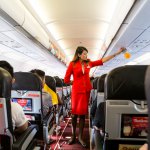
In its bid to become a travel technology company, AirAsia taps into big data, analytics, and artificial intelligence as part of its digital transformation journey. Source: Shutterstock
Understanding AirAsia’s journey to become a travel technology company
IT can be argued that the airline industry was among the early adopters of technology and was among the first to ride the wave of digital transformation.
Using global distribution systems, the industry was a pioneer in using networking software connecting to different databases to generate real-time inventory enabling the customers to purchase a complete itinerary as early as the ‘80s.
Applications of emerging technologies to the industry is straightforward and happens almost instantaneously in the industry.
And for AirAsia, a Malaysian low-cost air carrier, the stakes are even higher to be ahead of the curve when charting its digital journey.
In an exclusive interview with Tech Wire Asia, Aireen Omar, AirAsia’s Deputy Group CEO (Digital, Transformation and Corporate Services) said that the company is not just an airline, but strives to be a one-stop, complete, e-commerce platform which provides a seamless travel experience to its customers.
To deliver that experience, AirAsia taps into vast amounts of data it sits on.
According to Aireen, 80 percent of the carrier’s booking comes from its website and mobile app. On top of that, due to the high volume and high-frequency nature of AirAsia’s operations, the company have generated an incredible amount of data – ranging from customer behavior patterns to aircraft engine data.
“All these data has become a key asset to the company, and we realized we need to pool them together from the various system into the cloud. From there, we can visualize what this data would be, and how can use that data,” said Aireen.
To help manage and gain valuable business insight from its data, AirAsia has partnered with Google cloud to integrate machine learning and AI.
The collaboration is expected to help AirAsia in three significant ways;
- Drive better demand forecasting and enable increasingly targeted marketing
- Improve customer experience with a more personalized approach
- Maximize operational efficiency by using predictive maintenance, spare parts inventory management, real-time weather forecasting, reducing delays and optimized crew rostering.
“Our focus remains on how to provide the customer with the seamless journey for the passengers, from the moment they book the ticket to their return home.
“It is not just about using facial recognition at the gates, it is about predicting what they want based on the data, providing a personalized experience,” Aireen explained.
The utilization of Big Data at AirAsia is still at its infancy at AirAsia, but the airline has already started seeing the benefits of it. According to Aireen, due to targeted marketing, the conversion rate for tickets and its ancillary products have doubled.
AirAsia, also recently announced a strategic data science partnership with Palantir, to carry out data analytics projects across various business function over the next five years.
Aireen feels that this analytics strategy will empower leaders and engineers within the company to make more informed decisions in their job functions.
Since its inception in 2001, AirAsia has been at the forefront of adopting and integrating new technology into its operations. Making use of big data analytics and AI technology may seem like a natural progression for the young airline.
And with a strong focus on customer experience and an ambitious goal to become a “travel technology company,” the sky indeed is the limit to what AirAsia can achieve, in regards to its digital journey.
READ MORE
- Ethical AI: The renewed importance of safeguarding data and customer privacy in Generative AI applications
- How Japan balances AI-driven opportunities with cybersecurity needs
- Deploying SASE: Benchmarking your approach
- Insurance everywhere all at once: the digital transformation of the APAC insurance industry
- Google parent Alphabet eyes HubSpot: A potential acquisition shaping the future of CRM




